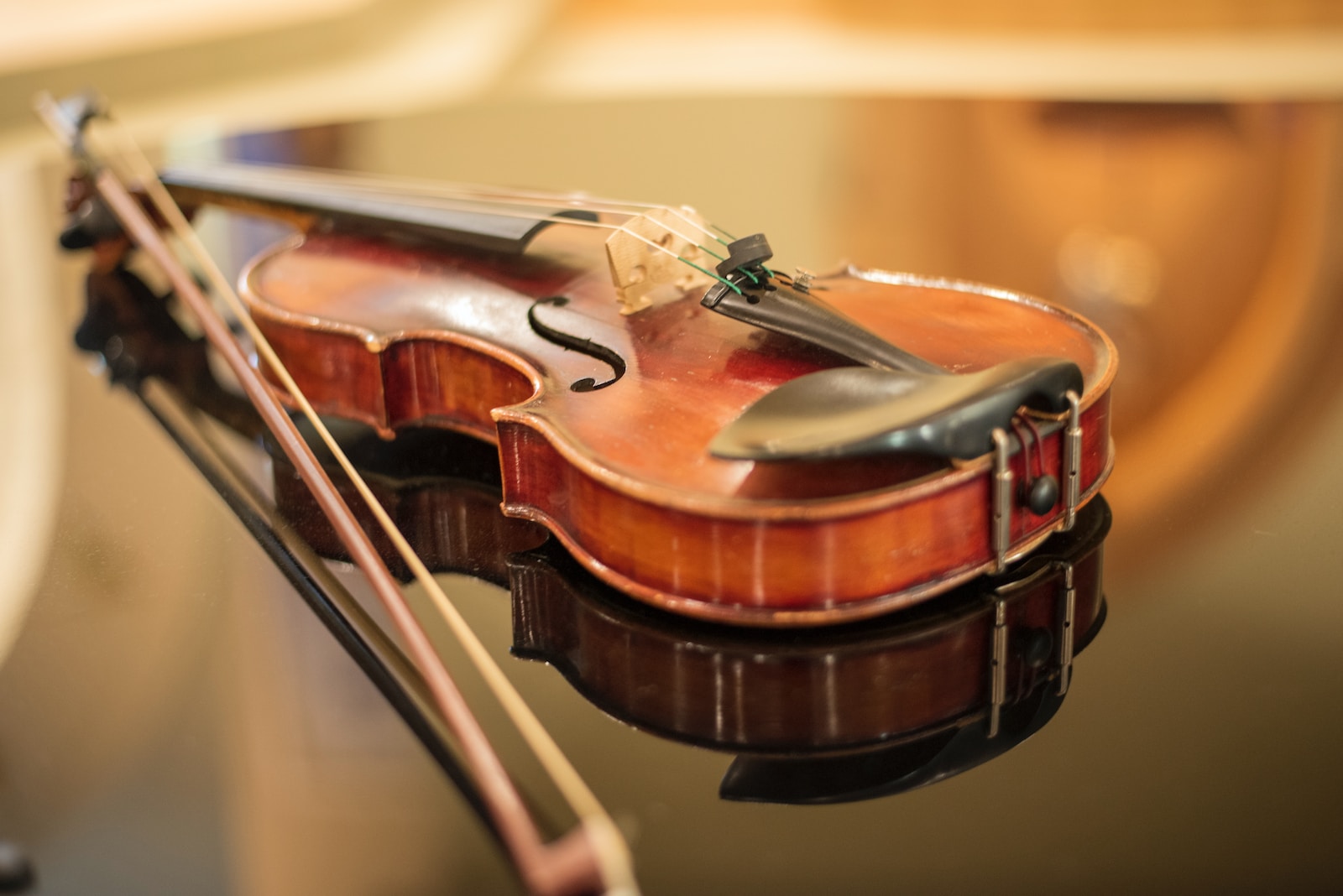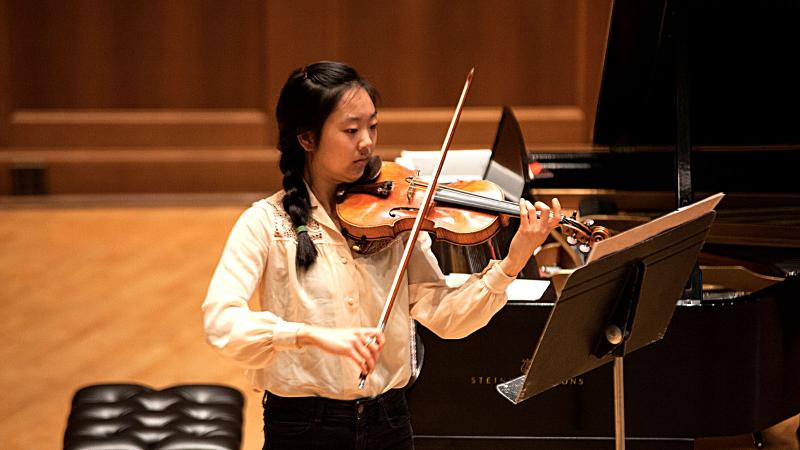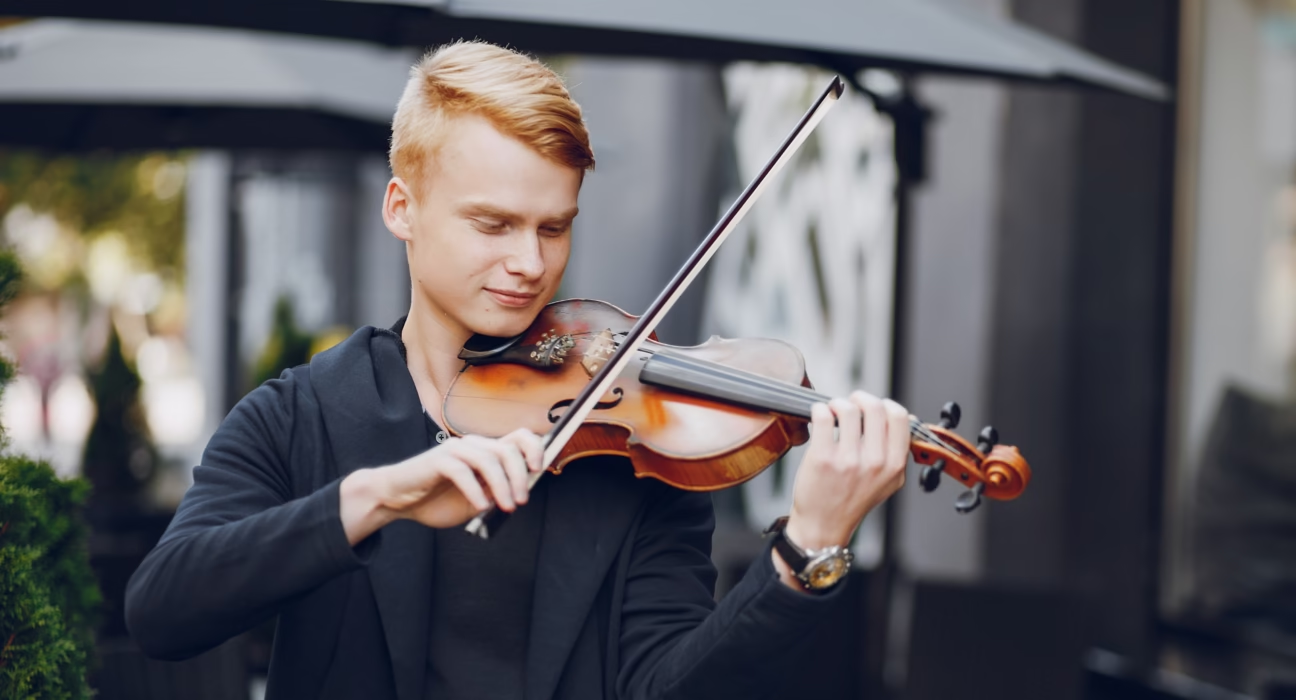The violin is not just an instrument; it is a profound symbol of artistic capability, cultural heritage, and emotional expression. With its elegant shape and hauntingly beautiful melodies, the violin has captured the hearts of musicians and audiences for centuries. This exploration will delve into the historical significance, cultural relevance, craftsmanship, and vibrant community surrounding this wondrous stringed instrument. As we unravel the layers of the violin, we find a rich dialogue that spans centuries and continents, weaving together stories of artists, communities, and the unyielding human spirit expressed through music.
Historical Context and Evolution of the Violin
The journey of the violin begins in the 16th century, believed to have originated in Italy. Over time, this magnificent instrument underwent significant transformations, shaping its identity as a cornerstone of Western classical music. Understanding its historical context allows us to appreciate its cultural significance today.
The Birth of the Violin in Renaissance Italy
The violin emerged during a period of artistic revival known as the Renaissance. It was a time when music was flourishing across Europe, with composers experimenting with new forms and styles.
The earliest violins were crafted by skilled luthiers in Northern Italy, particularly in cities like Cremona. These craftsmen utilized local woods and innovative techniques to enhance the instrument’s acoustics. The design of these early violins laid the groundwork for what we recognize today.
As the violin gained popularity, it became a central figure in orchestras and chamber music ensembles. Composers began to write works that showcased the violin’s unique capabilities, demonstrating its versatility and expressive potential.
The Golden Age of Violin Making

The late 17th and early 18th centuries are often referred to as the “Golden Age” of violin making. During this time, renowned luthiers such as Antonio Stradivari and Giuseppe Guarneri produced instruments that are still revered today for their exceptional sound quality and craftsmanship.
These master violins have become prized possessions for musicians worldwide, valued not only for their beauty but also for the rich tone they produce. The aging of wood and the intricate craftsmanship that define these instruments contribute significantly to their overall character, mirroring the growth and refinement of musicians themselves.
The Violin in Classical Music
The violin’s role in classical music evolved dramatically during the Baroque, Classical, and Romantic periods. Great composers such as Bach, Mozart, and Vivaldi showcased the violin’s versatility, writing concertos and sonatas that pushed the boundaries of its technical possibilities.
As the symphony orchestra developed, the violin became a vital component, providing both melody and harmony. Its ability to blend seamlessly with other instruments allowed it to serve as a bridge between different musical elements, enriching the overall tapestry of sound.
In essence, the historical evolution of the violin reflects broader changes in music and society, embodying a rich narrative that continues to resonate with contemporary audiences.
The Craftsmanship and Structure of the Violin
At the heart of the violin lies a marvel of craftsmanship. The intricate design and materials used in its construction play a crucial role in determining its sound quality and character. Delving deeper into the structure of the violin offers insights into the artistry involved in its creation.
Materials Used in Violin Crafting
The choice of materials is fundamental to the violin’s acoustic properties. Typically, luthiers utilize spruce for the top plate and maple for the back, sides, and neck. These types of wood are chosen not only for their aesthetic appeal but also for their ability to resonate.
Spruce, being lightweight and strong, allows for a bright, projecting sound. Conversely, maple’s denser structure provides warmth and depth, enhancing the instrument’s tonal complexity. The aging process of these woods further enriches their sound quality, which is why older violins are often coveted by musicians.
Moreover, the varnish applied to the violin serves as both protective layering and a contributor to the overall tone. The type and thickness of the varnish can significantly affect the instrument’s resonance, showcasing the delicate balance between functionality and artistry in violin crafting.
The Acoustic Design of the Violin

The physical structure of the violin is an engineering marvel. Its curved shape is not merely aesthetic; it plays a critical role in the instrument’s acoustics. The f-holes carved into the top plate allow sound waves to escape, enabling the violin to project its voice effectively.
This carefully considered design facilitates the resonation of both high and low frequencies, creating a harmonious blend of sounds. When a player draws the bow across the strings, the vibrations resonate within the hollow body, producing rich overtones that make the violin uniquely captivating.
Understanding the acoustic principles behind the violin’s design enhances our appreciation for its sound. Each nuance of tone, from the lightest whisper to the most powerful crescendo, is a testament to the meticulous craftsmanship involved in creating this exquisite instrument.
The Role of Luthiers in Violin Making
Luthiers, or violin makers, are akin to artists, meticulously shaping wood into instruments that carry centuries of tradition. Their skills are honed through years of practice and dedication, often passed down through generations.
A luthier’s intuition plays a vital role in their craft. They must consider not just the materials and design, but also how each component interacts to produce a cohesive sound. The luthier’s touch is evident in every aspect of the instrument, from the initial selection of wood to the final polishing.
Through this lens, we see the violin as not just a musical tool, but a collaborative creation between nature, craftsmanship, and the musician’s artistry. Every note played on a violin tells a story—of the wood it came from, the hands that shaped it, and the soul of the musician who breathes life into it.
The Cultural Significance of the Violin
Beyond its musical capabilities, the violin holds a significant place in social settings and cultural expressions. Its influence extends far beyond the confines of orchestral performances, impacting personal identities and communal bonds.
The Violin as a Tool for Social Connection
Learning to play the violin opens doors to collaboration and belonging within various musical settings. Whether in a school orchestra, a local ensemble, or community gatherings, the act of playing together fosters connections among individuals.
Music, particularly when created collectively, serves as a universal language that transcends barriers. The emotional connection fostered through shared musical experiences can create lasting friendships and build supportive communities.
For many, the violin becomes a vessel for expressing feelings that words cannot encapsulate. The ability to convey joy, sorrow, or nostalgia through music creates a unique bond between performers and their audiences, reinforcing the idea that music connects us on a deeper level.
The Influence of the Violin on Personal Identity
For individuals, learning to play the violin can be a transformative experience. It often ignites a passion that shapes their future, influencing career paths, friendships, and even life philosophies.
As young children pick up the violin for the first time, they embark on a journey of self-discovery. The challenges faced during practice offer invaluable lessons in perseverance, patience, and discipline. Over time, these qualities extend beyond music, enriching other aspects of their lives.
Moreover, the emotional nuances that the violin embodies provide individuals with a powerful means of expression. Each performance becomes an opportunity for vulnerability and storytelling, allowing players to connect with their own identities while resonating with others.
Cross-Cultural Influences of the Violin
The versatility of the violin is evident in its presence across various cultures worldwide. From the fiddle in American bluegrass to regional variations in Middle Eastern music, the violin adapts to different musical traditions, enriching them with its unique voice.
In folk dances, celebrations, and rituals, the violin often takes center stage, bridging gaps between generations and connecting communities. Its ability to evoke universal emotions allows it to resonate with diverse audiences, fostering a sense of belonging and cultural pride.
This cross-cultural adaptability highlights not only the violin’s musical prowess but also its role as a cultural ambassador. By communicating emotions and stories through sound, the violin cultivates understanding and appreciation among people from different backgrounds.
The Modern Violin Community

In recent years, the online presence of the violin community has flourished, presenting exciting opportunities for musicians to connect, share, and learn. With technology evolving, the way we engage with the violin and the larger musical landscape has been profoundly transformed.
Online Platforms for Learning and Sharing
Websites like Fiddlershop and Strings Magazine have emerged as vibrant hubs for violinists of all levels. For beginners, access to quality instruments and accessories has never been easier, promoting inclusivity in the world of music.
Additionally, these platforms offer valuable resources for skill development. From instructional videos to articles on technique, musicians can hone their craft at their own pace. The accessibility of knowledge empowers aspiring violinists to pursue their passions without geographic limitations.
The rise of social media has further expanded the reach of the violin community. Musicians can now showcase their talent and connect with fellow enthusiasts globally. This exchange of ideas and experiences fosters creativity and innovation, inspiring collaboration across genres.
Virtual Communities and Masterclasses
The online world has given rise to virtual communities where musicians can interact, share tips, and collaborate regardless of distance. Websites dedicated to classical music news, such as The Violin Channel, serve as essential resources for staying informed about masterclasses, performances, and trends.
Masterclasses conducted by renowned violinists bring invaluable insights directly to learners around the globe. Participants can benefit from expert guidance, regardless of their location, making high-quality education accessible to all.
This democratization of music education contributes to a flourishing global community of violinists. The shared love for the instrument transcends borders, fostering a collective spirit of exploration and growth.
The Intersection of Tradition and Modernity in Violin Playing
As technology advances, the way we approach music continuously evolves. The intersection of tradition and modernity in violin playing is evident in contemporary compositions that push boundaries while honoring classical roots.
Musicians are increasingly experimenting with new styles, blending genres like jazz, rock, and electronic music with traditional violin techniques. This fusion not only enriches the repertoire but also attracts diverse audiences, ensuring the relevance of the violin in today’s musical landscape.
Furthermore, innovations in instrument design and construction are paving the way for future developments. As luthiers explore new materials and methods, the violin will continue to evolve, adapting to the changing needs of musicians and audiences alike.
Conclusion

In conclusion, the violin stands as a profound symbol of artistic capability, cultural heritage, and emotional expression. Its historical significance, intricate craftsmanship, cultural relevance, and thriving community highlight the enduring impact of this enchanting instrument.
From the moment a child picks up the violin, they embark on a journey that intertwines personal identity, social connection, and cross-cultural influences. As musicians continue to innovate and experiment, the legacy of the violin will evolve, ensuring its relevance in the ever-changing landscape of music. Ultimately, the violin remains not just a musical instrument but a vessel for emotion, a bridge between cultures, and a pivotal component in the tapestry of classical music and beyond.









Griselda Maggdalena
September 16, 2024Thanks for enchan my knowledge on such a marvellous instrument